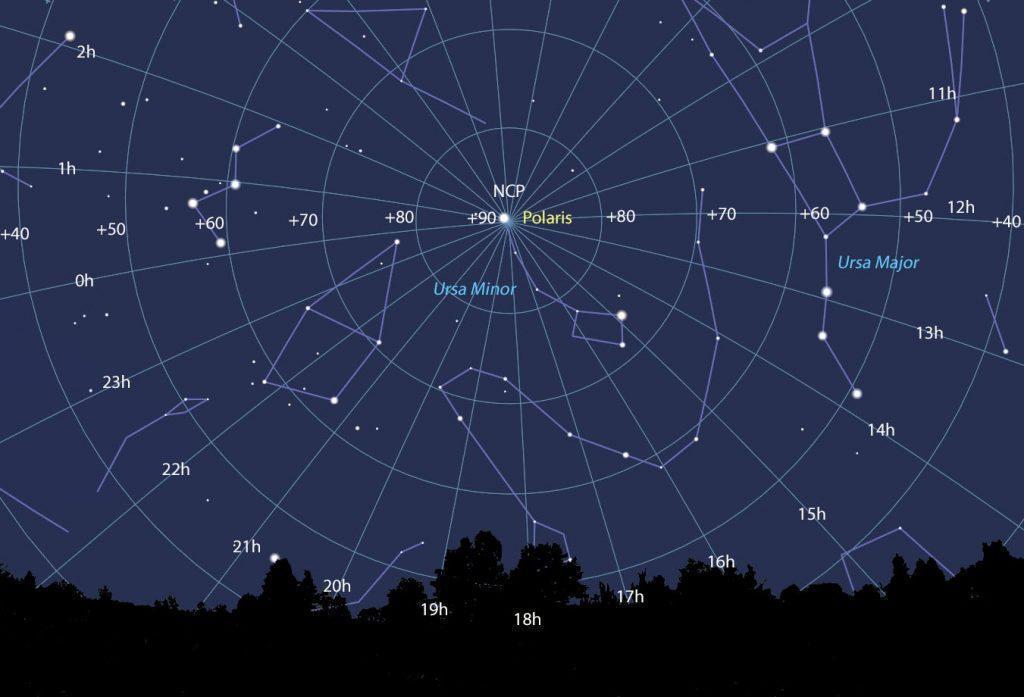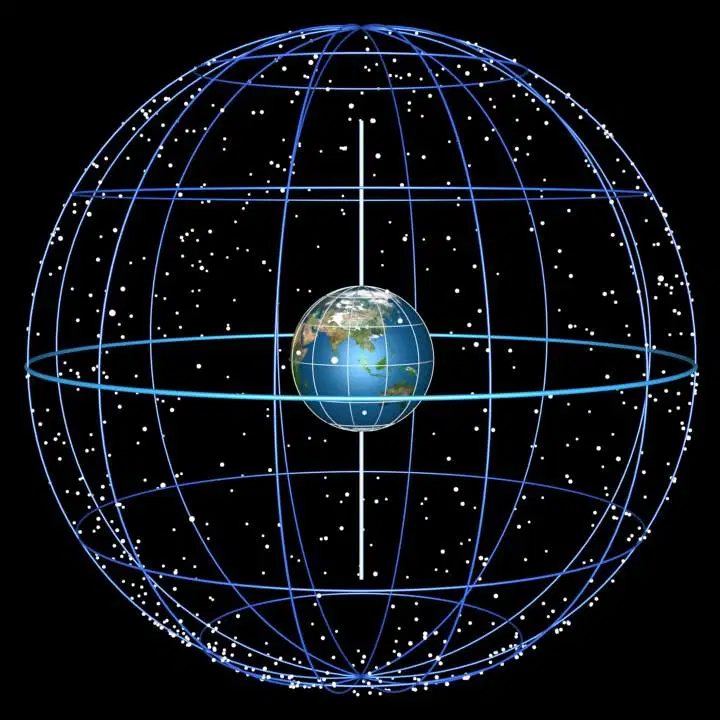A foreboding breeze tickles the back of your neck as the cold blisters along your spine. Like a knife through butter, the bitterness of winter’s breath slices through your will to push forward. As the snow crackles beneath your feet, you question your motivations. Each step proves more daunting than the last. You fall to your knees in agonizing defeat. For the night is dark and the prairies vast. With no landmarks, it’s impossible to find safe passage back to the harbor of civilization. To home. In this month’s The Cosmic Mariner, we’re taking a brief trek into the dark of night in order to not only find our way home, but also retrace the use of astronomy for navigation.
Astronomy is one of the oldest and most culturally important sciences in the story of our species. Written astronomical observations have been discovered as far back as 1600 B.C. during the time of Mesopotamia. Prior to modern astronomy, ancient civilizations utilized the sun, the moon, the planets, and other objects to navigate and mark certain seasonal points throughout the year. Perhaps the most famous of these celestial tools is the star Sirius. Also known as the Dog Star due to its position in Canis Major, it was used by Egyptians to signal the flooding of the Nile River. It’s also where the saying “dog days of summer” originated.

While astronomy has been used in numerous ways, perhaps the most important to the ancient people is the ability to navigate. In astronomy, a tool called the Celestial Sphere is used to mark different positions, in declination and right ascension, throughout the night sky along the celestial coordinate system. Each star, galaxy, nebula, or otherwise visible object has a specific coordinate on this sphere. These coordinates also relate to specific latitudes and longitudes on the globe. For instance, Enid sits at a latitude of roughly 36 degrees North. So, in Enid, the star Lamda Cygni should be at the zenith, or point directly overhead, around 12:19 in the morning. This is because Lamda Cygni is 36 degrees above the celestial equator; a projection of the Earth’s equator into the sky on which the sun, the moon, and the planets track. But why is this important? Let’s ask the Polynesians.
In my humble opinion, the ancient polynesian people are among the most incredible navigators of the ancient world. Not only were they able to sail across vast swaths of ocean From New Zealand to Easter Island, but they were also able to do so by developing an astounding understanding of the night sky and its relation to latitude. This, coincidentally, made Polynesia the largest “country” in Earth’s history in regards to ethnicity and surface area. Armed with nothing more than outrigger canoes, sailors utilized the stars and their positions along the horizon and the Zenith to determine heading and location. Let’s say they are navigating to Enid at 36 degrees North. From the info above, the sailors know that the star Lambda Cygni will be directly overhead when on the correct latitude for the city. By watching the stars rise along the Eastern horizon, the navigators can determine the cardinal directions simply by watching the stars rise. Then, most impressively, they used star paths, essentially star buoys that lead to the desired destination, to sail on the proper course. I highly suggest you read more literature on this system of navigation as it is truly fascinating.

Knowing how the Polynesians navigated, how can you apply these abilities in the modern world to locate your location on the Earth and potentially save yourself when lost and freezing? First, decipher your latitude by looking at known stars along your zenith. If you can’t find the star Lambda Cygni, don’t fret! You can also look at Polaris, or the North Star, and calculate your latitude this way. Simply measure the altitude of Polaris above the Northern horizon by using your fingers. The angle between the Northern horizon and Polaris is your latitude as Polaris never moves. This means that Polaris is always 36 degrees above the horizon in Enid.

Longitude, however, requires the use of a coordinated time system and a little math. Place a stick into the ground as even as possible and note where shadows fall around noon. Whenever the shortest shadow appears, be sure to note the time and mark it. For August in Enid, local solar noon occurs at roughly 1:35 pm (remember the hour for daylight savings). So, the Earth rotated for 6 hours and 36 minutes from GMT noon at 15 degrees per hour rotation. Thus, 6.55 hours multiplied by 15 degrees per/hour gives us a longitude of 98.25 degrees West. The actual longitude of Enid is 97.88 W.
For nothing more than a stick and the sky, it’s incredible how much the stars and the sun can help us discover our place culturally, geographically, and in the grand scheme of the universe. So if you ever find yourself lost, mentally or physically, don’t forget to look up. It may just help you find your way.






